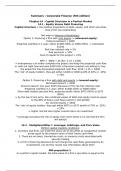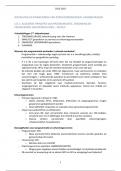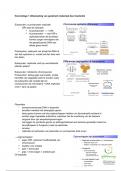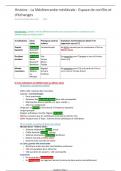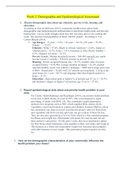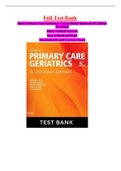Examen
Solutions for Macroeconomics, 9th Edition Blanchard (All Chapters included)
- Cours
- Établissement
Complete Solutions Manual for Macroeconomics, 9th Edition by Olivier Blanchard, David H. Johnson ; ISBN13: 9780138119096..(Full Chapters included Chapter 1 to 24)...1: A Tour of the World 2: A Tour of the Book 3: The Goods Market 4: Financial Markets 5: Goods and Financial Markets: The IS-LM Mo...
[Montrer plus]




